Wingspan 32 m First flight 1944 | Length 24 m | |
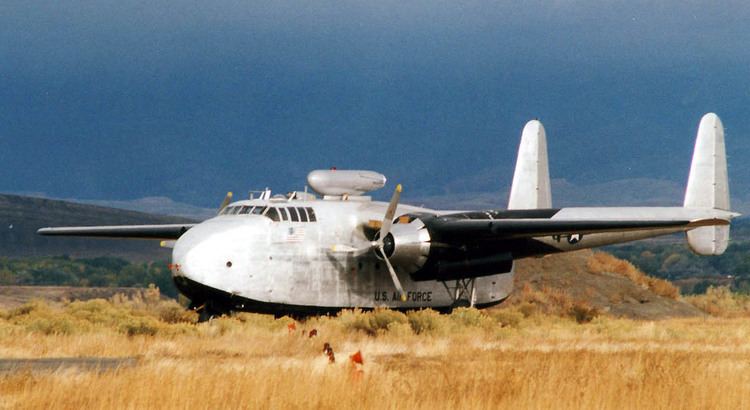 | ||
Fsx se p w r 2800 series part 7 fairchild c 82 packet
The C-82 Packet was a twin-engined, twin-boom cargo aircraft designed and built by Fairchild Aircraft. It was used briefly by the United States Army Air Forces and the successor United States Air Force following World War II. The aircraft was named as a tribute to the Packet Boats that hauled mail, passengers and freight in Europe and its colonies, including North American rivers and canals, for much of the 18th and 19th century.
Contents
- Fsx se p w r 2800 series part 7 fairchild c 82 packet
- Design and development
- Operational history
- Civil airline operations
- Variants
- Operators
- Aircraft on display
- Specifications C 82A
- Popular culture
- Minor league baseball namesake
- References
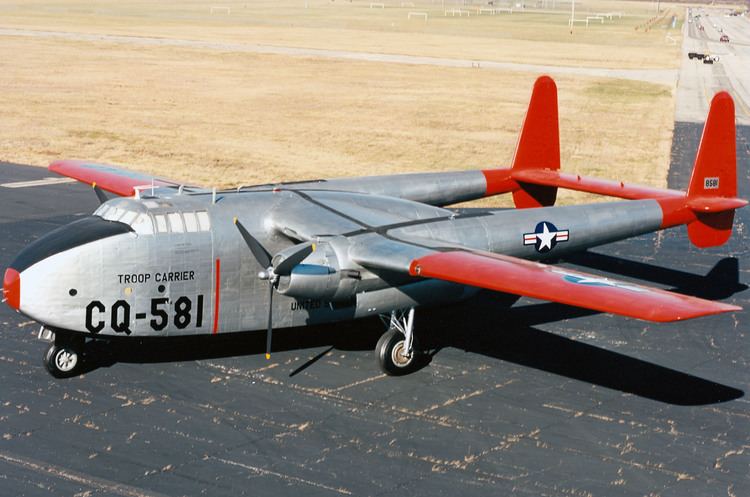
Design and development
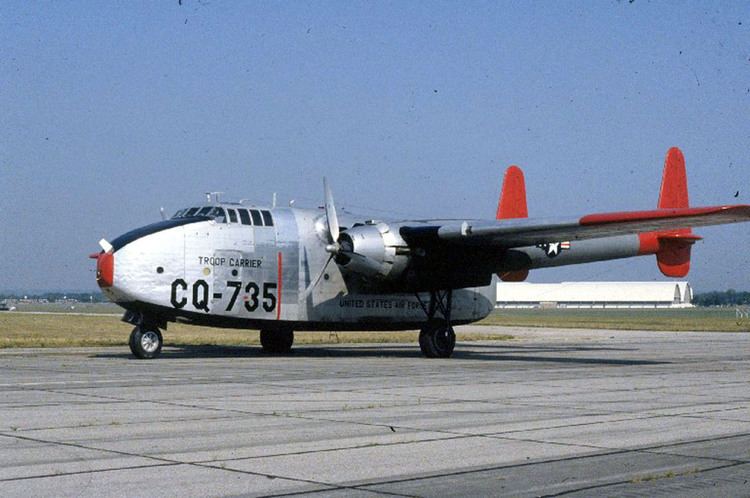
Developed by Fairchild, the C-82 was intended as a heavy-lift cargo aircraft to succeed prewar civilian designs like the Curtiss C-46 Commando and Douglas C-47 Dakota using non-critical materials in its construction, primarily plywood and steel, so as not to compete with the production of combat aircraft. However, by early 1943 changes in specifications resulted in plans for an all-metal aircraft. The aircraft was designed for a number of roles, including cargo carrier, troop transport, parachute drop, medical evacuation, and glider towing. It featured a rear-loading ramp with wide doors and an empennage set 14 feet off the ground that permitted trucks and trailers to back up to the doors without obstruction. The single prototype first flew on 10 September 1944. The aircraft were built at the Fairchild factory in Hagerstown, Maryland, with deliveries beginning in 1945 and ending in September 1948.
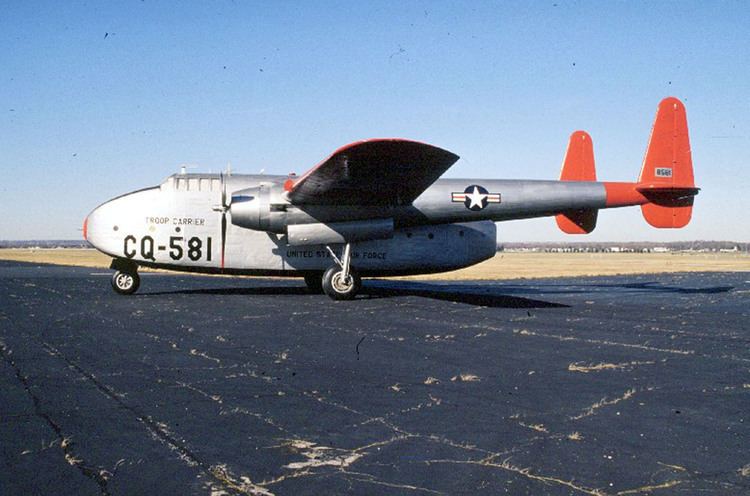
Problems surfaced almost immediately as the aircraft was found to be underpowered and its airframe inadequate for the heavy lifting it was intended to perform. As a result, the Air Force turned to Fairchild for a solution to the C-82's shortcomings. A redesign was quickly performed under the designation XC-82B, which would overcome all of the C-82A's initial problems.
Operational history
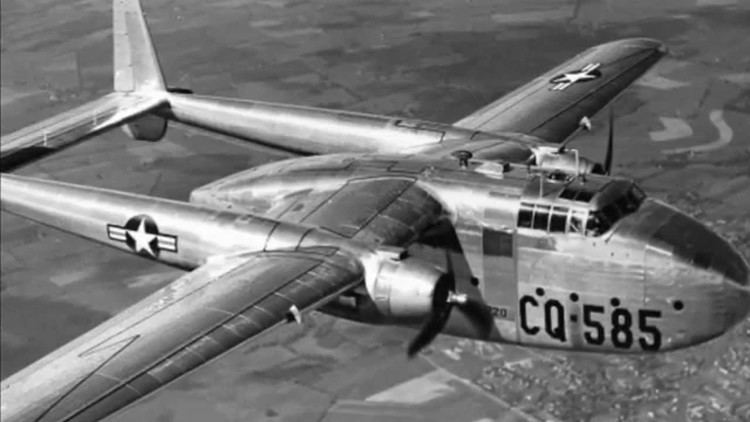
First flown in 1944, the first delivery was not until June 1945 and only a few entered service before the end of the war. In the end, only 223 C-82As would be built, a small number for a wartime production cargo aircraft. Most were used for cargo and troop transport, although a few were used for paratroop operations or towing military gliders. During its brief operational life, several C-82 Packets were utilized during the Berlin Airlift, primarily bringing large disassembled vehicles into the city. A redesign of the XC-82B would result in the production of the C-119 Flying Boxcar.

In 1946, the United States Postal Service explored the concept of flying post offices using highly modified C-82s which would operate similar to those on trains where mail would be sorted by clerks and put in bags and then transferred to trucks on landing.
In 1948, a C-82 was fitted with track-gear landing gear, similar to the tracks on a crawler tractor, that allowed landings on unpaved, primitive runways.
Though relatively unsuccessful, the C-82A is best considered as an early development stage of the C-119B Flying Boxcar. The C-82A saw limited production before being replaced by the Flying Boxcar.
The C-82 was retired from the US Air Force inventory in 1954.
Civil airline operations
After the C-82A became surplus to United States Air Force requirements, small numbers were sold to civilian operators in Brazil, Chile, Mexico and the United States and these were utilized for many years as rugged freight aircraft capable of carrying bulky items of cargo. The last example was retired in the late 1980s.
Variants
Operators
Aircraft on display
Specifications (C-82A)
Data from United States Military Aircraft since 1909
General characteristics
Performance
Popular culture
The C-82 is perhaps best known for its role in the 1964 novel, The Flight of the Phoenix, and Robert Aldrich's original 1965 film version. Based on the novel by Elleston Trevor, the story centers around a C-82A Packet operated by the fictional Arabco Oil Company. It crashes in a Libyan desert, and is rebuilt by the passengers and crew, using one tail boom, and is then flown to safety. The C-82, although with added amphibious ability, was the basis for the airplane in Disney's TaleSpin cartoon.
Minor league baseball namesake
In 1953, the local minor league baseball team in Hagerstown, Maryland, was the Hagerstown Braves, so called because they were a minor league affiliate of the major league Milwaukee Braves. The Hagerstown team switched affiliates to the Washington Senators for the 1954 season. Instead of using the major league nickname, they chose to be called the Hagerstown Packets in tribute to the C-82. The Hagerstown Packets played in the Piedmont League during the 1954 and 1955 seasons.
